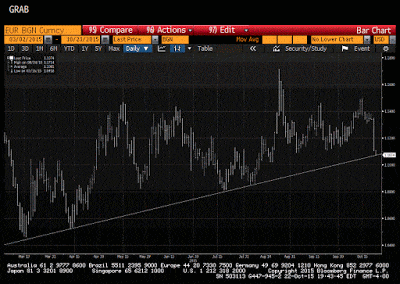What if the Fed Rate Hike Comes Too Soon?
After 271,000 were jobs added in October, US unemployment rate fell to 5.0 percent. Meanwhile, average annual hourly earnings climbed by the most since 2009. As a result, the dollar strengthened and treasuries plunged. The report was a green light for the Fed’s chief Janet Yellen and her deputy Stanley Fisher, who recently held out the possibility of a December rate increase.




